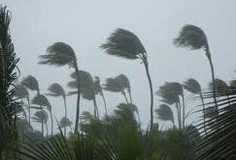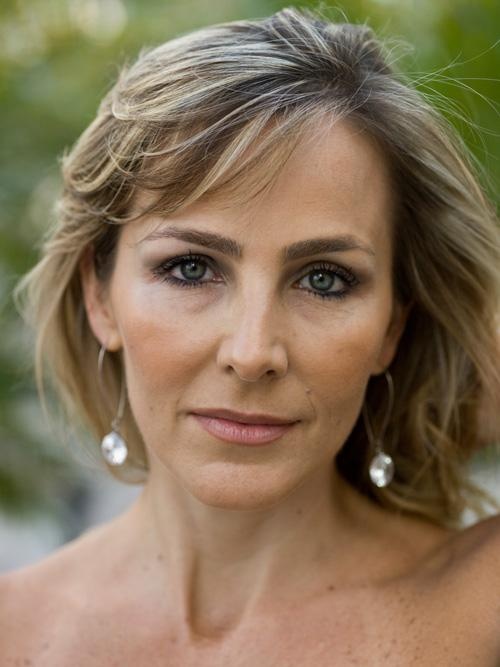
Stachybotrys Chartarum, more commonly known as Black Mold, is one of the most dangerous molds human beings can encounter. Black Mold is a greenish-black fungus that can be found worldwide colonizes extremely well in high cellulose materials such as hay, straw, dry wall, thermal insulation, ceiling tiles, and carpet. The toxic mold exists in about 15 different strains across the world and flourishes in regions where the relative humidity is above 55%. The existence of this toxic mold is particularly concerning to the real estate industry and is becoming an increasing problem in homes located in flood devastated regions around the world.
Where Black Mold Commonly Occurs
Warmer climates however are not the only places where humans need to worry about Black Mold growing in homes. Flood prone regions are also susceptible to outbreaks of the toxic mold as flood waters cause damage to the dry wall, carpets, and wall papers in homes and give the fungus a good breeding ground. The fungus can strike anywhere however as plumbing failures, conductive condensation, and fires in a home can later lead to damp conditions that are ideal for mold.
Dangers Black Mold Presents
The full extent of health risks for those exposed to Black Mold are unknown as ongoing research is still seeking to determine the lasting health problems among those exposed to the fungus.
What is known is that toxic molds are particularly dangerous to children, the elderly, and those with compromised immune systems. Exposure to toxic mold can occur simply by breathing tainted air in a home, or worse from direct contact with the mold.
Wet mold does not pose a health risk by tainting indoor air, but when the fungus dries there is the potential for mold spores to be released into the air. This poses a significant risk to indoor air quality. Some of the known health risks faced by those who have been exposed to Black Mold include:
- Respiratory problems like wheezing as well as difficulty breathing
- Nasal and sinus congestion
- Eyes-burning, watery, reddened, blurry vision, light sensitivity
- Chronic fatigue
- Skin irritation
- Constant headaches
- Fever
- Immune suppression
Detecting Black Mold
Homeowners, or home buyers, should be aware of the signs of Black Toxic Mold and have any property that has sustained flood damage or other water related damage (such as plumbing failure) inspected by a professional. The toxic fungus cannot be discovered easily by visual inspection as water damaged homes in particular can have molds growing in dry wall and under carpets.
A sample of the possible mold should be analyzed by an accredited professional to determine if it is toxic mold as not all Black Mold is toxic.
Removal Of Black Mold
If mold is discovered in a home it should be removed only by a professional with the proper equipment and protection from the fungus. Only a professional can ensure that the mold is not only removed properly from the home but also responsibly disposed of in the aftermath. However, even with the assistance of a professional, mold can be difficult to defeat.
It is possible that the fungus might never be permanently eliminated from a structure with recurrence a strong possibility. Some structures may need to be torn down completely to avoid recurrence of the toxic mold. Only a professional can make these determinations.

Source by Arsham Mirshah
 Vitamin Agent The Health & Naturalistic Source
Vitamin Agent The Health & Naturalistic Source





